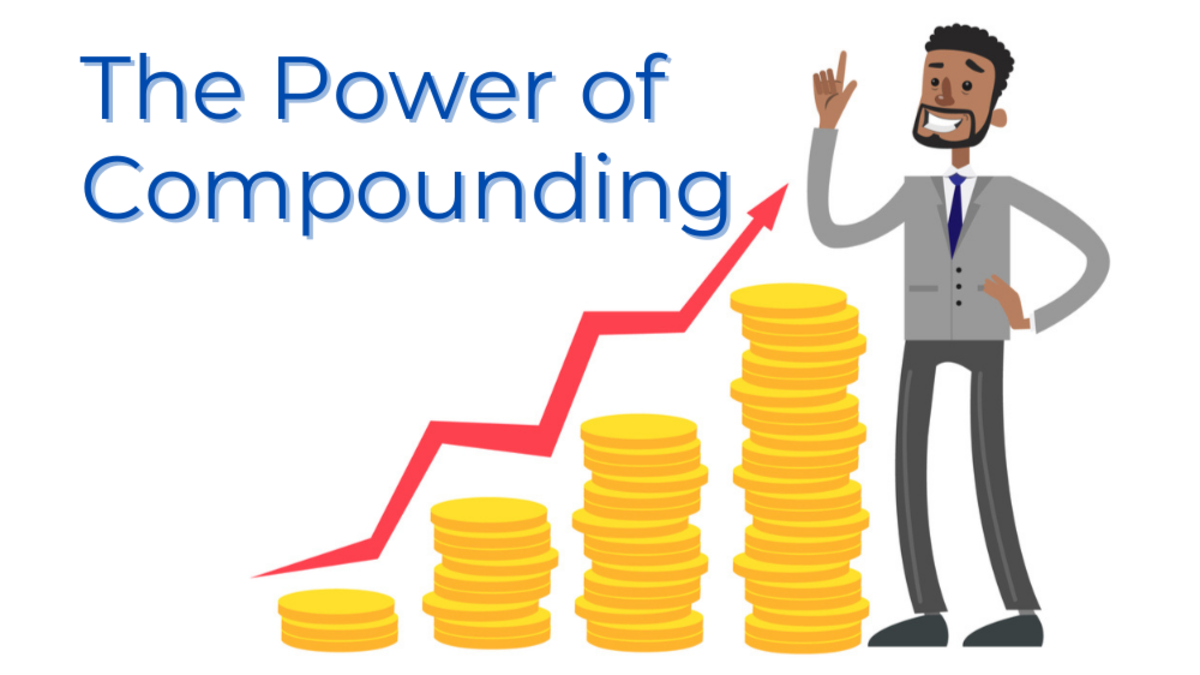In the world of building wealth, few primary rules are stronger than compound interest. In fact, it is more commonly referred to as the “eighth wonder of the world,” and for good reason. From retirement savings to paying for your dream home to simply building up a rainy-day fund, knowing how compound interest works could mean the difference between meeting your long-term goals or not.
1. What Is Compound Interest?
Compound interest, in simple words, means earning interest on your initial investment, called the principal, and the interest that such investment earns over a period of time. As opposed to simple interest, whereby you earn only on the principal, compound interest is what enables your money to grow faster. Simple Interest: Interest = Principal × Rate × Time
Compound Interest: The interest earned includes both the principal and also the interest of previous periods.
In other words, your money makes money, and then that money makes even more money.
2. Why Is Compound Interest So Strong?
a. Time Is Your Strongest Friend
The earlier you invest or save, the longer compound interest can do its magic. And if time is added, you will be surprised to see how even small contributions add up to sizeable amounts over time.
Let’s say you invest $1,000 at an annual interest rate of 5%, compounded yearly:
Year 1: $1,050
Year 2: $1,102.50
Year 10: $1,628.89
That’s without adding one additional dollar! Now imagine you are regularly contributing and letting that interest snowball for decades.
b. The Snowball Effect
The growth becomes exponential with time. In the initial years, apparency of gains appears to be negligible while in further-going years it may yield huge returns. Sometimes, this is also called the snowball effect as it starts tiny and builds up in size and speed as it goes. The following section describes ways of using compound interest.
3. Ways of Making Use of Compound Interest
Following are some helpful tips to make most from compound interest:
a. Early Start
The best time to save or invest is now. The longer your money sits invested, the more it compounds. Even if you can only afford a little at a time, consistency is key.
b. Reinvest Your Earnings
Sink them back in-dividends, interest, any other earnings-to maximize your return. Keep the compounding going on.
c. Choose the Right Accounts
Find accounts or investment vehicles that will allow for compound interest. Options include:
Savings Accounts: Many banks offer interest on savings accounts, though the rates may be modest.
Retirement Accounts: 401(k)s or IRAs can be very good for long-term growth.
Investments: Usually, stocks, mutual funds, and ETFs will automatically reinvest their dividends in more shares to take advantage of the magic of compounding.
4. Real-Life Examples of Compound Interest in Action
Example 1: The Early Saver vs. The Late Starter
Consider two friends, Alex and Bella:
Alex begins saving $100/mo. at age 25 and stops at 35. He invests a total of $12,000.
Bella begins saving $100/mo. at age 35 and continues until she’s 55. She invests a total of $24,000.
Assuming an annual return of 7%:
By age 55, Alex has approximately $168,000, although he stopped contributing after 10 years.
Bella, even though she invested twice as much money, ends up with only $120,000.
Why? Alex allowed his money more time to grow by compounding.
Example 2: The Power of Daily Compounding
Suppose you put $1,000 in a daily compounding account at 5% interest. At the end of the year, you will have earned just over $50 in interest thanks to those frequent compounding periods.
5. Be Cautious: There is a Dark Side: Compound Debt
Just as compound interest can work in your favor, it works against you in the case of compound debt. Credit card debt, for example, is more often than not compounded, which greatly inflates the balances if payments are not on time. To avoid this:
Pay off the full amount of your credit card balance every month.
Avoid high-interest loans when possible.
Conclusion
Compound interest is a powerful tool that helps in the attainment of your goals. The trick is to begin early, be consistent, and let time do the talking. Be it retirement savings or an intent to grow wealth, the art of understanding and leveraging compound interest can help make the whole difference. Start today and watch your money grow!




